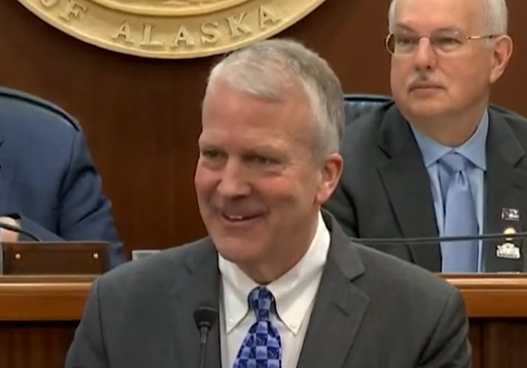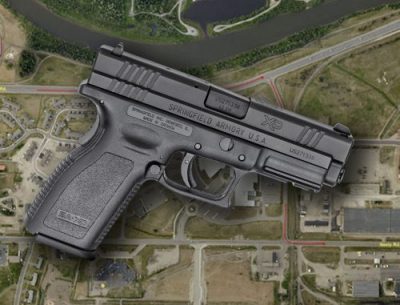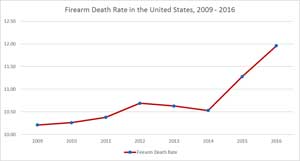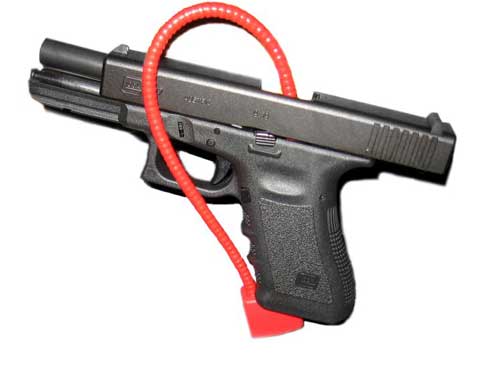 When I tell people I’m a forensic scientist they either immediately start probing me for the latest gruesome autopsy story or ask if we found the guilty party. Fortunately for me I do neither of these things. What forensic scientists do is take evidence from a crime scene and use science to answer questions. The questions can be manifold – who touched the knife? which gun fired a specific bullet? what is that white powder? did this shoe make that impression? We have a vast number of tools, techniques and methods at our disposal to help us answer those questions clearly and impartially.
When I tell people I’m a forensic scientist they either immediately start probing me for the latest gruesome autopsy story or ask if we found the guilty party. Fortunately for me I do neither of these things. What forensic scientists do is take evidence from a crime scene and use science to answer questions. The questions can be manifold – who touched the knife? which gun fired a specific bullet? what is that white powder? did this shoe make that impression? We have a vast number of tools, techniques and methods at our disposal to help us answer those questions clearly and impartially.
A forensic scientist’s mission is to provide scientific support to the criminal justice system. This can come in many forms, the most common of which is analysis of evidence and report writing. However, some of us are called to crime scenes. Occasionally we’re asked to testify in court, and we provide trainings to prosecutors and public defenders. We also train law enforcement officers in proper recovery techniques and evidence handling.
[content id=”79272″]
An important thing to know about forensic scientists is that most will do just about anything to avoid the limelight but…
This is National Forensic Science Week, and that means we need to recognize the dedicated and diligent professionals who come to work every day and expose themselves to the worst acts of humanity in pursuit of scientific truth.
The Department of Public Safety opened the doors to the Alaska Scientific Crime Detection Laboratory a little over 30 years ago. Since then we’ve grown in terms of staff (we’ll be close to 40 by the end of the year) and physical space (we moved into our “new” facility in 2012). We are accredited to international standards (ISO 17025), have an exceptional quality assurance program focused on learning and improvement, and are working to fully embrace the broader forensic community. For a small laboratory, we’ve been home to a high number of past and current presidents of professional organizations and chairs and vice chairs of national forensic science committees; we’ve published valuable research, and invented new technologies to improve the collection and recovery of evidence. I’m proud of each and every one of these contributions, but mostly I’m excited to see what the next generation of forensic scientists will accomplish as they lead us into the future.
The path we’re on is a good one. With our incredible staff and facility, and the right direction and support, we can become one of the premier forensic science institutes in the world.
[content id=”79272″]
Obviously, this year has been dominated by COVID-19 and the associated concerns of how to remain fully operational without jeopardizing our staff’s health. We’ve put in a significant amount of workplace safety measures, but COVID also forced us to think differently in order to continue to work. So far, we’ve managed to keep up with the case submissions even while working on a rotational schedule for in-person work.
While the crime lab is only one cog in our criminal justice machinery, it’s an important one, and I love the work we do. Every day, the exemplary crime lab staff provide the good, impartial science needed to help create a safer Alaska.
This National Forensic Science Week, please take a moment to think of the quiet, introverted scientists working behind the scenes to provide answers and justice for those who need it most. Without them Alaska would be a very different place.
###







